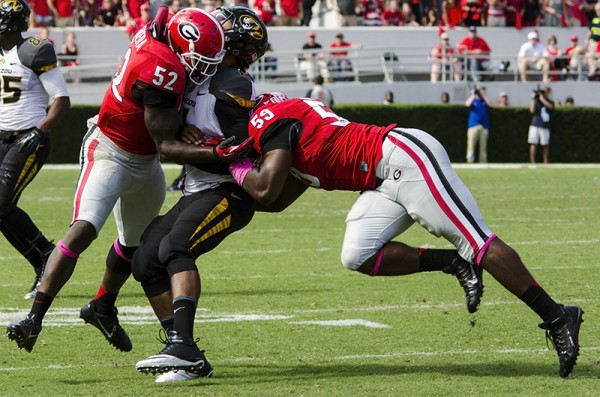Broken Collarbone And Dislocated Shoulders In Athletes


A common type of fracture that affects many athletes is broken clavicle or collar bone. This could happen on athletes of all ages. In general, collar bone is located between the shoulder blade and ribcage. It connects our body and arm. Collarbone is located above multiple essential parts of our body, such as blood vessels and nerves. But what causes the fracture of collarbone. In general, collar bone is one of the more exposed bones and it is not protected by muscles. There’s only a thin layer of tissue and skin, so any impact will fully our collarbone. Injuries could happen due to contact hit or when we fall with an arm outstretched.
It is important to be aware of the common symptoms of broken collarbone. In general, collarbone fractures can be quite painful and we will experience difficulty in moving our arm. We will experience tenderness on the area of fractures. There will also be swelling, bruising and bumps. We may also sense the grinding sensation when we move our arm. In general, milder cases of fractures don’t require surgery and we may only need an arm sling, if the bones aren’t shifted out of place. The sling should always be used to make sure that our collarbone is always at proper position.
For athletes, it is important to perform physical therapy sessions as the bone has been healed recently. This will allow them to regain strengths in their muscle. Therapists will also allow us to perform light exercises to eliminate the accumulating stiffness and weakness. However, in more serious cases, the broken collarbone could already out of alignment. In this case, a surgery is needed to align the bone. Special metal plates and screws will be attached to keep bone in normal alignment. Plate can be felt through our skin and they are not removed long after the collarbone heals completely.
Another problem that could happen to athlete is dislocated shoulder. This condition may affect baseball and tennis athletes who repeatedly and forcefully swing their arms. Shoulder is the most mobile joint in our body and it could turn in many directions. However, intense joint movements could cause dislocation. This problem could also occur due to repeated hitting and throwing movements. Many people who play baseball and softball injure their shoulder this way. There are different symptoms of dislocated shoulders, such as swelling, bruising, numbness and an overall weakness.
Some cases of shoulder dislocation can be quite severe that ligaments and tendons are torn. It means some parts of the nervous systems could be damaged as well. Shoulder joints can be dislocated downward, backward or forward. When it happens, we will experience stiffness and pain. When this condition happens, the orthopaedic specialist will try to return the ball of the humerus to the proper socket. In some cases, no surgery is needed and the procedure is known as closed reduction. In many cases, pain will disappear and we will only feel slight numbness of a short period of time.
